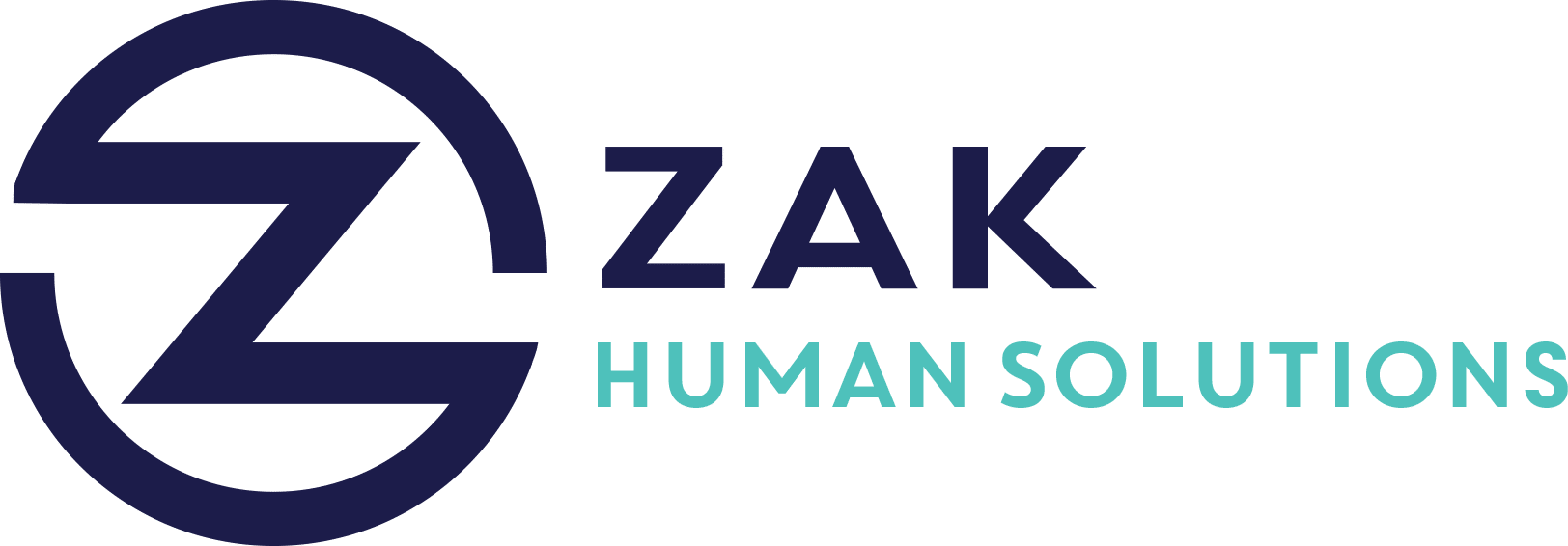Key Takeaways
- Tracking key KPIs can improve employee retention by assessing engagement and correlating company performance.
- The success of a business is more dependent on hiring and retaining the right talent than on technology or budgets.
- Sentiment tracking and understanding employee engagement are essential for supporting the workforce effectively.
- Different KPIs such as employee happiness score, onboarding experience, and internal promotion rates can give insights into the workplace culture and employee satisfaction.
- Employing tools like HubSpot for customer satisfaction, NPS surveys, and tracking personal development goals can enhance employee tracking.
In the ultra-competitive business world, retaining talent is a game-changer. It’s not about having the most sophisticated technology or the largest budget. It’s about ensuring your workforce is engaged and committed. This is where tracking Key Performance Indicators (KPIs) becomes an essential strategy for any successful organization.
Why KPIs Matter in Employee Retention
When we talk about KPIs, we’re looking at a set of measurable values that demonstrate how effectively a company is achieving key business objectives. Tracking KPIs related to employee retention allows organizations to gain insights into the work environment, satisfaction rates, and overall engagement.
The Importance of Talent Over Technology
The cornerstone of any business is the people who run it, not the technology or budgets. While advanced technology and generous budgets are beneficial, they cannot replace the impact of a motivated and engaged workforce. Businesses flourish when they hire, upskill, and retain the right talent, which directly influences the company’s bottom line.
Key KPIs to Track for Employee Retention
1. Employee Happiness Score
Using surveys to gauge the happiness of employees on a regular basis helps in understanding their sentiment and satisfaction levels. A monthly happiness score can pinpoint potential issues before they become major problems.
2. Onboarding Experience
The onboarding process sets the tone for a new employee’s journey with the company. By assigning scores to each onboarding step, companies can ensure a smoother transition and better integration of new hires.
3. Internal Promotion Rate
Tracking internal promotions versus external hires gives insight into whether the company is effectively nurturing and utilizing its existing talent. A higher promotion rate indicates a culture of growth and development.
4. Net Promoter Score (NPS) for Employees
An NPS survey for employees can reveal how likely they are to recommend the company as a workplace, providing a quick gauge of employee loyalty and satisfaction.
Tools and Techniques for Effective KPI Tracking
HubSpot
HubSpot’s Service Hub offers tools for customer satisfaction and can be repurposed to monitor employee engagement. It provides valuable insights through Customer Satisfaction (CSAT) and NPS surveys.
Developing Personal Goals
Embedding KPIs within personal development plans encourages continuous learning and goal achievement. Companies that prioritize personal growth see greater employee satisfaction and retention.
Beyond Measuring: Implementing Change
While tracking KPIs is crucial, real impact comes from using this data to implement meaningful changes. Here’s how:
- Regular Feedback Loops:
- Implement regular 1:1 meetings to discuss feedback from KPIs.
- Use insights to inform decisions about professional development opportunities.
- Fostering an Engaged Culture:
- Align company values with employee experience initiatives.
- Celebrate and reward key milestones and achievements.
- Upskilling Opportunities:
- Invest in continuous learning programs to keep employees engaged and up-to-date with the latest industry trends.
By carefully tracking and analyzing KPIs, businesses can maintain a pulse on how their employees feel and perform. This not only improves employee satisfaction and retention but also builds a strong foundation for achieving organizational goals.




